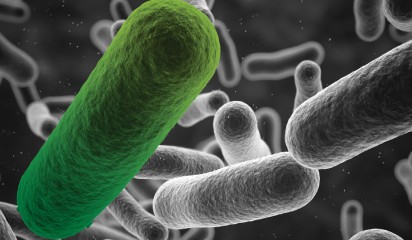In a widely anticipated move, the United States Supreme Court (USSC) has agreed to review the patent-eligibility of isolated nucleic acids.
The USSC will hear an appeal from the United States Court of Appeals for the Federal Circuit (CAFC) August 2012 decision in Association for Molecular Pathology vs. Myriad Genetics Inc. In that decision, the CAFC found that Myriad's claims to isolated DNA encoding two human genes, BRCA1 and BRCA2, were patent-eligible.
The USSC will address only one question on appeal: "Are human genes patentable?". The two other questions in suit in AMP v Myriad - relating to the patentability of diagnostic method claims, and whether or not the plaintiffs had standing to sue - are thus now finally decided. The USSC's refusal to reconsider these questions is consistent with their earlier opinion on medical method patents in Prometheus vs. Mayoin March 2012.
Myriad are likely dissatisfied with the way the question on appeal has been phrased, given they have never asserted their claims cover the BRCA genes when in a human being. There is, nevertheless, keen interest now that the USSC is set to finally decide the issue at the heart of this contentious litigation - are isolated DNA molecules patentable subject matter?
Those with an interest in this area can look forward to June 2013, when the USSC is expected to hand down its ruling - a ruling that will hopefully bring some clarity to the law surrounding gene patents.
And in other news…
The US Federal Circuit has for the first time had an opportunity to decide the patent-eligibility of medical method claims in a post-Prometheusworld.
In PerkinElmer, Inc. v. Intema Ltd., the Court found that claims directed to prenatal diagnosis of Down's syndrome were not specific enough to avoid "risk[ing] the broad preemption of 'the basic tools of scientific and technological work'", and were, in essence, a "patent upon the natural law itself".
So, to minimise the risk of ineligibility, those pursuing claims to diagnostic methods should ensure their claims:
- include a patentable feature in addition to the targeted correlation between marker and disease, and
- are sufficiently specific - for example, are focussed on a particular implementation of the diagnostic method.
While neither decision is directly relevant to current New Zealand or Australian IP law, it will likely inform developing jurisprudence in both countries over time. Both decisions will, however, clearly affect New Zealand and Australian applicants pursuing relevant patents in the US.





